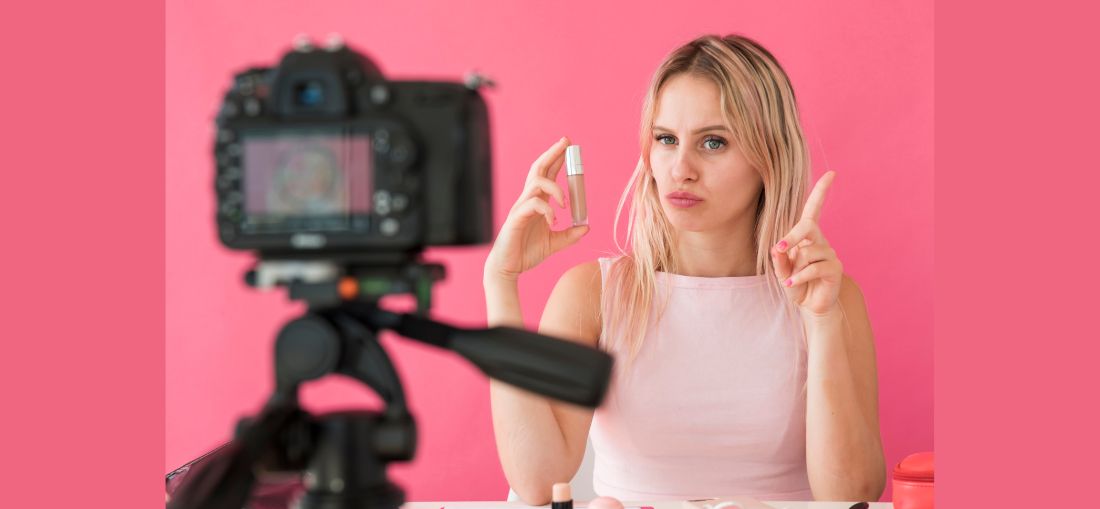In a world where online influencers had huge power over the retail industry for a number of years, a new status known as ‘deinfluencing’ is swiftly growing and could challenge the way people online shop in the future.
The Guardian recently reported that influencers sold $3.6bn (£3bn) of goods in 2022, and a recent study revealed that 54% of people said they made a purchase either in the moment or after seeing a product or service advertised on Instagram.
While Facebook is currently the most popular social media platform for digital shoppers, Gen Z spend most of their money on TikTok and Twitter.
What is deinfluencing?
A new movement has evolved on social media platforms known as deinfluencing. While influencing is about trying to convince people to buy certain products online, deinfluencing is the paradoxical opposite. Reportedly originating on beauty TikTok in January, it has been a huge platform ever since, with the hashtag gaining more than 185 million views. It’s hard to know where the term originated from, or why, but it appears to be a reaction against the influencer culture and the astronomical sums of money people have made from it.
Rachelle di Stasio, a former dancer with more than 160,000 followers told The Guardian: “It’s an opportunity to use my voice and share my honest and personal thoughts on experiences with products I’ve purchased that have become viral through social media.” Her first video tagged “deinfluencing” has been watched more than 780,000 times. Rachelle explains how deinfluencing is about really looking at a product and how it works for someone personally.
Other deinfluencers have started recommending low-cost alternatives to luxury products, which they deem as not being worth the money, while some former employees of big name beauty shops are now revealing which products were returned the most and recommending cheaper alternatives.
Deinfluencing versus influencing
“Deinfluencing is still influencing,” says Jasmine Enberg, a social media analyst at Insider Intelligence. “Creators are using their power to sway the purchasing decisions of a broader population. They’ve just adapted the trend to resonate with consumers during an economic downturn.” Deinfluencing is sending a message out to followers that the consumption habits of influencers that have been normalised by platforms such as TikTok are simply not normal.
Could deinfluencing be the solution to overconsumption?
The problem of overconsumption from online shopping is not going to disappear overnight, after all, shopping on the internet is so easy, and people enjoy it. Furthermore, it is predicted that influencer marketing (in whatever shape or form) will continue to grow. TikTok creators will remain a major driver of commerce sales from social media, which (while slowing) is predicted to grow 29.8% in the US this year.
In fact, having negative reviews added to the mix through deinfluencing is still a form of successful influencing. Creators know that having a combination of positive and negative reviews will help them gain more trust from buyers, whilst also enabling them to distance from the negative publicity of influencers. A good example is TikTokers who were not influencers with large followings, but whose deinfluencer videos have attracted large audiences, now being sent PR products to review online.
Why does this matter?
This new form of influencing may be a sign that overconsumption is being more widely recognised and less accepted within society. Certainly, influencers need to be ahead of the current deinfluencing trend to ensure they remain popular online and continue to sell goods and make money.
Experts recommend that deinfluencing should be “coupled with an anti-consumption message” to encourage people to slow down their purchasing habits. For anyone who already felt uneasy about influencing, this is only going to make matters worse, and could have significant repercussions regarding online spending trends in the future.
Author spike.digital